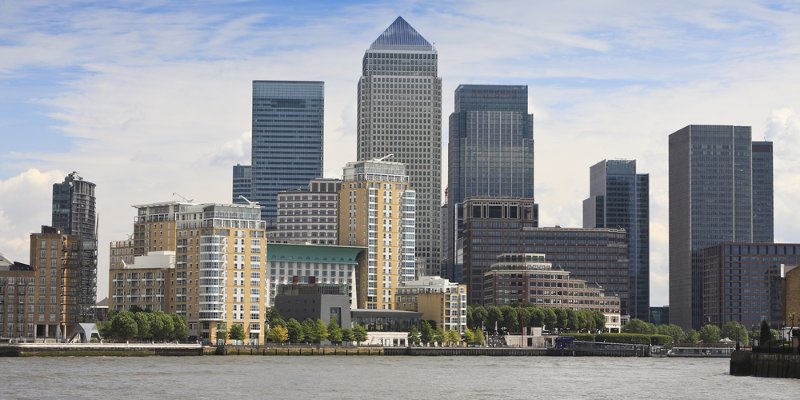Homeowners living 60 minutes outside of Central London pay 60% less for average property. A 40-minute commute into Central London will save homebuyers £375,114 (46%) and a 20 minute commute will save £295,075 (36%).

Workers in Central London can save an average of £483,342 by commuting up to an hour each day, Lloyds Bank has found.
Homeowners living 60 minutes outside of Central London pay 60% less for average property. A 40-minute commute into Central London will save homebuyers £375,114 (46%) and a 20 minute commute will save £295,075 (36%).
Luton is the most affordable town with the fastest commute to Central London (30 minutes), with an average house price of £261,725 which is 5.4 times the average earnings.
Andrew Mason, mortgages director at Lloyds Bank, said: "Buying a home in Central London is out of reach for many where house prices are around 16 times the average UK wage.
“In almost all towns in this survey, housing affordability is significantly greater with a London salary compared to what can be earned locally and for commuters with up to an hour's journey, the reward is an annual salary that is, on average, £8,600 (18% ), higher than what they could earn in their local neighbourhood which is around £40,000.”
House prices in a number of towns around an hour’s train journey away from the Capital (including Basingstoke, Crawley, Gravesend, Windsor and Northampton) are on average around £325,091.
This is £483,342 lower than the average of £808,434 for a property within travelcard zones 1 and 2. This is also significantly lower (£202,424 or 38%) than the average property price in zones 3 to 6.
The difference between house prices for commuters travelling approximately 60 minutes would pay for the current annual rail cost (£5,381) for 90 years.
Homebuyers looking to buy a home in towns approximately 40 minutes away, such as Billericay, Hatfield, Staines and Woking, will pay an average price of £433,320 – which is still £375,114 (46%) lower than in zones 1 and 2 – and with a lower average annual rail pass costing £3,775.
The difference of £375,114 would pay for the current annual rail cost for almost a century.
Even at up to 20 minutes distance away from the heart of the capital, commuters from towns such as New Cross and East Croydon benefit from an average house price £295,075 lower than in Central London. This is enough to pay the current annual rail cost of £2,551 for 116 years.
Some areas, such as Beaconsfield command a higher price tag than Central London and, although rare, these commuters to Central London live in areas that command higher house prices.
Residents of Beaconsfield, who pay an eye-watering average of £1,025,699 compared to the average price house price of £808,434 in Central London, a difference of £217,265. Gerrards Cross (£917,585), Harpenden (£813,298) and Wimbledon (£814,420) also top the Central London average.
The decision to commute is not simply a trade-off between financial costs and journey times. Quality of life is an important consideration. Family circumstances, schools, physical environment and value for money all come into the balance.
Wellingborough in Northamptonshire offers an average house price of £212,367, 4.4 times average annual earnings in Central London (£48,281) compared to 6.1 times the average wage for those working within Wellingborough (£34,563).
The next most affordable is Peterborough in Cambridgeshire, with an average house price of £218,713, (4.5 times Central London average annual earnings).
This was followed closely by Kettering in Northamptonshire (£223,725 and 4.6 the Central London average) – a considerable difference to the average annual earnings of those working in Peterborough and Kettering (both 7.0).
Commuters in the 10 most affordable towns are earning, on average, £12,609 more than they would in their place of residence (£35,672).



